Why Ceramic Is Used in X-Ray Tube High Voltage Insulation?
High-voltage insulation is one of the most critical factors in X-ray tube reliability. Modern tubes must operate under extreme voltage, heat, and vacuum conditions—often above 100 kV. Under these stresses, most materials quickly degrade or fail. This is why ceramic insulation has become the industry standard in medical, industrial, and security X-ray systems. This article explains, step-by-step, the engineering logic behind this choice and why ceramics consistently outperform other materials.
What High-Voltage Insulation in X-Ray Tubes Really Requires
X-ray tubes work in a demanding environment. Any insulation material must withstand:
- Very high voltages (60–150 kV+)
- Continuous heat load and thermal cycling
- High vacuum inside the tube
- Strong radiation exposure1
- Mechanical stress and ceramic-to-metal sealing
- Long-term reliability without breakdown
Most materials fail when exposed to this combination. They crack, carbonize, deform, or lose dielectric strength over time.
Ceramics remain stable.
Common Insulation Materials and Their Limitations
Before understanding why ceramics win, it helps to compare the alternatives.
Materials Used for High-Voltage Insulation
Ceramic vs Glass vs Polymers
| Property | Ceramic (Alumina) | Glass | Polymers |
|---|---|---|---|
| Dielectric Strength | Excellent | Moderate | Low–moderate |
| Heat Resistance | 1000°C+ | 400–600°C | <250°C |
| Vacuum Compatibility | Stable | Prone to microcracks | Outgassing issues |
| Radiation Resistance | Excellent | Weak | Very weak |
| Mechanical Strength | High | Brittle | Low |
| Long-Term Reliability | Excellent | Fair | Poor |
Ceramics outperform in every category that matters to X-ray tubes.
Why Ceramic Is Superior for High-Voltage Insulation
1. High Dielectric Strength for Extreme Voltage
Alumina ceramic provides stable electrical insulation even under:
- 100 kV+ high voltage
- rapid voltage rise
- frequent HV switching
It does not carbonize or degrade like polymer-based insulation.
2. Exceptional Heat Resistance
X-ray tubes generate intense heat. Many discharge paths begin when a material softens or deforms.
Alumina’s stability above 1000°C makes it ideal for thermal shock environments.
3. Outstanding Vacuum Performance
Inside an X-ray tube:
- Any outgassing → insulation failure
- Any microcrack → vacuum leakage
Ceramic has low outgassing and maintains structure in long-term vacuum conditions.
4. Radiation Hardness
Radiation rapidly breaks down organic materials.
Ceramics, being inorganic and crystalline, remain stable under continuous X-ray bombardment.
5. Mechanical Strength and Structural Stability
Even under high temperature gradients, alumina maintains:
- dimensional stability
- low thermal expansion
- minimal deformation
This is key for precision X-ray tube assembly.
How Metallized Ceramic Improves Bonding and Reliability
Modern X-ray tubes rarely use “pure ceramic” alone.
They use metallized ceramics, which allow:
- hermetic ceramic-to-metal bonding
- high-voltage feedthrough sealing
- leak-free vacuum interfaces
- structurally stable tube housing parts
Metallization (Mo-Mn or W-Mn) creates a durable metal layer on ceramics that allows brazing with:
- Kovar
- Molybdenum
- Stainless steel
This hybrid structure combines ceramic insulation with metal strength—exactly what high-voltage assemblies need.
Where Ceramic High-Voltage Insulation Is Used Today
Ceramic insulation plays a key role in:
- Medical CT X-ray tubes
- Industrial non-destructive testing (NDT)
- Security and baggage scanning systems
- High-energy analytical equipment
In all applications, the same logic holds:
Only ceramic can survive long-term under such extreme combined stresses.
Conclusion: Why the Industry Chooses Ceramic
Ceramics are used in X-ray tube high-voltage insulation3 because they combine:
- superior dielectric performance
- extreme heat resistance
- vacuum stability
- resistance to radiation
- mechanical strength4
- proven long-term reliability
For these reasons, high-voltage engineers and OEM manufacturers worldwide continue to rely on alumina-based metallized ceramics5 as the safest and most durable solution.
If you need custom metallized ceramic components for X-ray tube applications, we can help you with engineering support, samples, and custom solutions for OEM projects.
-
Discover how different materials respond to radiation exposure and why ceramics excel in this area. ↩
-
Learn about Alumina’s exceptional properties that make it a preferred choice for high-voltage insulation. ↩
-
This resource will provide insights into the critical factors that high-voltage insulation must meet for optimal performance. ↩
-
Explore the significance of mechanical strength in maintaining the integrity of X-ray tube components. ↩
-
This link will explain how metallized ceramics enhance bonding and reliability in high-voltage applications. ↩
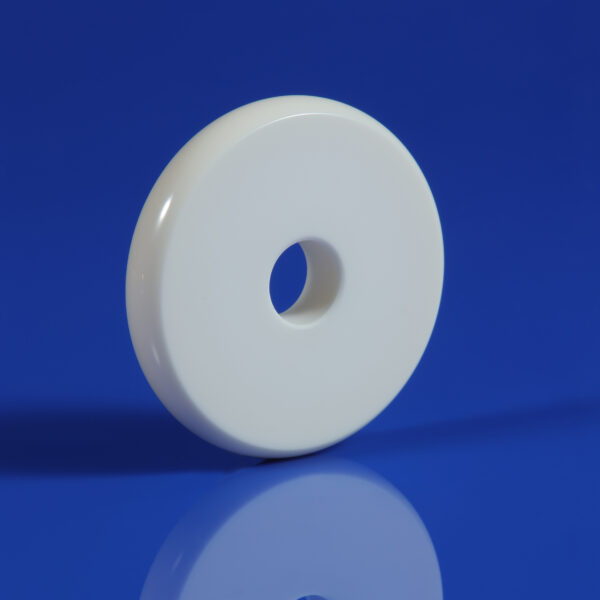
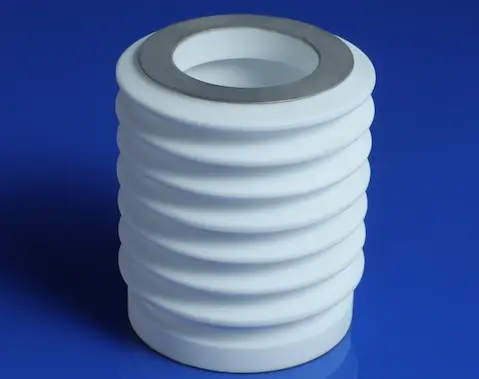
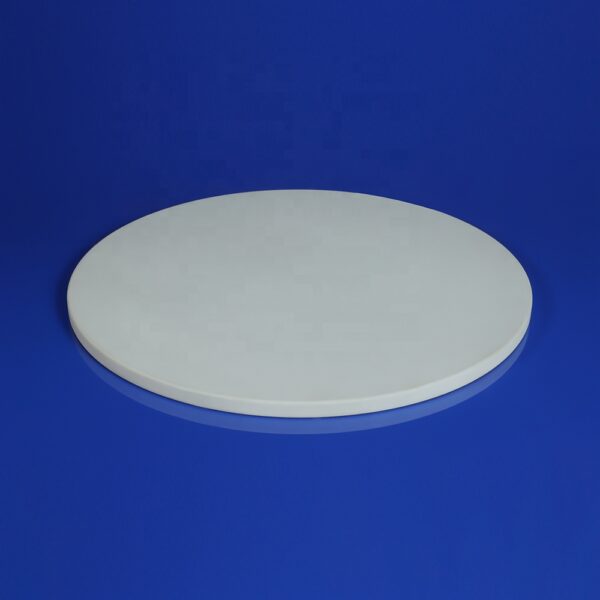
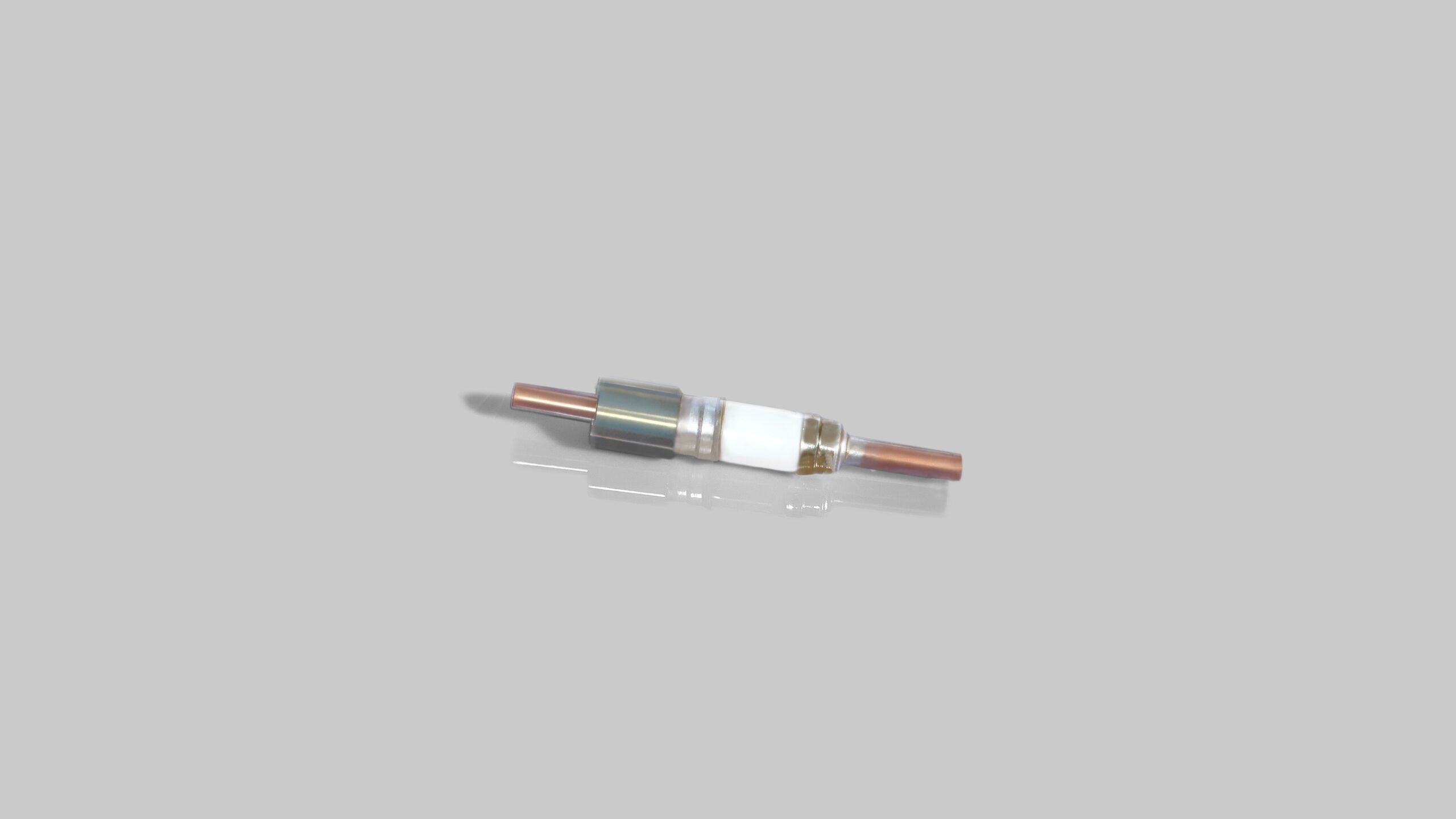

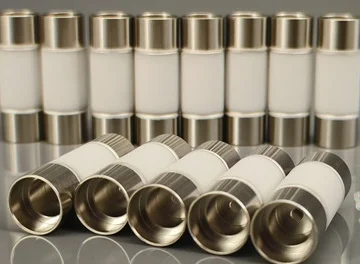


No comment